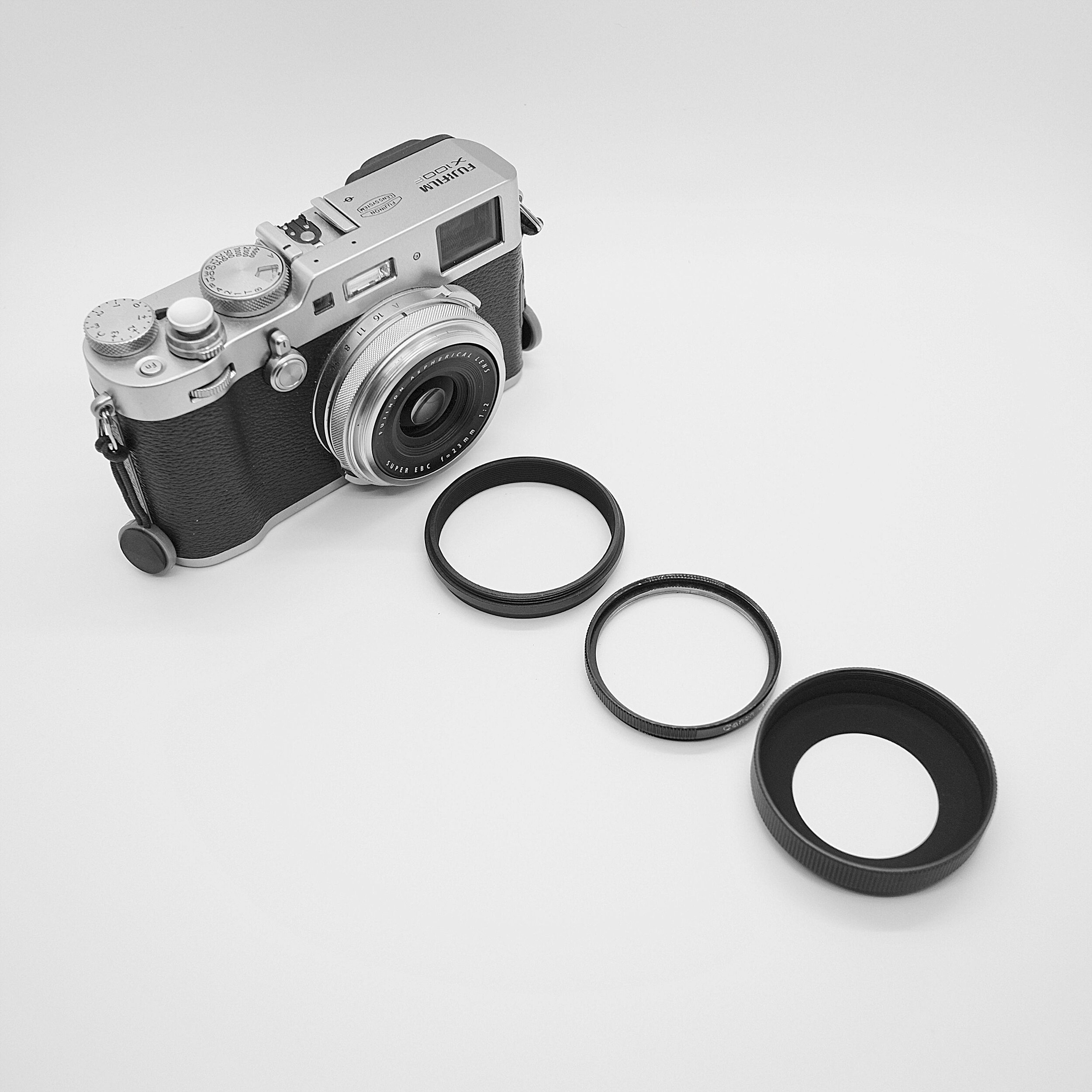Using A JJC Lens Hood To Prevent Unwanted Lens Flare
One of my most popular images shows a considerable amount of lens flare, which, in this instance, adds in a positive way to the general mood and feeling of the picture.
Sometimes, however, lens flare is not desired in an image and needs to be prevented.
What Is Lens Flare?
Before discussing some general ways to prevent lens flare, and my specific solution, let's first look at what lens flare is.
Lens flare is the appearance of light diffused or flared in a lens, often due to bright light - e.g., from the sun - scattered inside the lens because of internal reflections.
The more elements a lens has, the bigger the chance of lens flare because of the larger number of surfaces that can increase internal scattering.
Why Prevent It
Flare can manifest itself in two ways: as distinct artifacts and as haze across the image.
Visible artifacts might appear as sunbursts patterns caused by the aperture diaphragm, but it can also add (semi) circular halos or odd-shaped artifacts.
Glare makes the image look washed-out because it reduces contrast and saturation.
When To Use It
While lens flare is often undesired, it sometimes enhances the artistic essence, adding a soft color cast to the scene and adding mood and drama to the image.
For example, in the picture above, the flare adds drama and makes clear to the viewer why the people are seen as silhouettes.
How To Prevent Flare
As mentioned, flare generally occurs when shooting towards the sun or with the sun or another strong light source to the camera's left or right. Fortunately, you can take a couple of easy steps to prevent it from appearing in your images.
Use high-quality lenses
While these are expensive, high-quality lenses have fantastic coatings that significantly reduce or even eliminate flare.
Use prime lenses
Prime lenses usually have fewer optical elements. And fewer elements means less chance of flare.
Change your composition
Changing where the light source is in your frame or placing objects within your composition to partially or entirely obstruct any flare causing light sources can make the difference between a clear image or a washed-out one.
Block the light source
An easy method to reduce lens flare is using your hand or something else, e.g., a grey card or an umbrella, to block off the light.
Use a lens hood
And saving the probably most apparent solution for last: a good lens hood can virtually eradicate flare.
My Solution For The Fujifilm X100F
While most of the exchangeable lenses I use came with a lens hood specifically designed for that lens, the Fujifilm X100F setup did not include one for its fixed 23mm (35mm full-frame equivalent) lens.
After researching possible solutions, I quickly discovered that most lens hoods had one flaw: in almost all cases, their design resulted in obstructing the view through the viewfinder.
This would not be a problem when using the electronic viewfinder (EVF), but since I like to use the optical viewfinder (OVF) - I want to see the real world when taking images - it probably would start annoying me quickly.
Fortunately, I discovered lens hoods explicitly designed for use with rangefinder type cameras. These lens hoods have an inwardly curved design, which means that they will not block the view from the viewfinder. To see what I mean, look at the images below.
Several brands manufacture these lens hoods, and I purchased one from JJC. To be specific: model LH-JX100II, which is compatible with the Fujifilm X100, X100S, X100T, and X100F cameras.
To mount this lens hood on the X100F, you need to replace the front ring at the front of the lens with a unique mounting ring that comes with and is part of the hood.
An additional benefit of this lens hood is that it allows for positioning filters between the mounting ring and the actual lens hood.
The lens hood is well manufactured, with an eye for detail like the felt matte black inside, which prevents any reflection of light into the lens.
I have this hood now for about ten months, and I am very pleased with it. It is very discreet and works very well in the field, doing its job as expected.
An additional benefit of its design is that it does not add much to the camera's size and - a bonus - that it is compatible with the original Fujifilm lens cap.
Where To Get
If you are interested in a similar type of lens hood, I recommend looking at the JJC products on Amazon (not an affiliate link).










